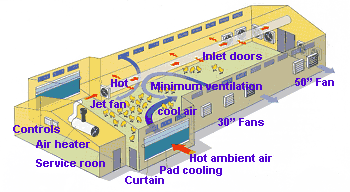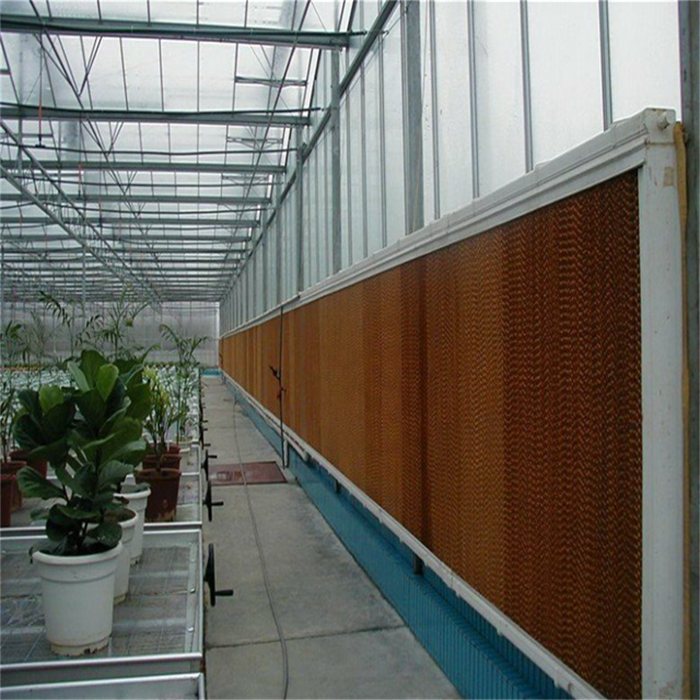

On hot days the temperature difference can be only 5 or 10 degrees and the buoyancy effect is almost nonexistent. On cool days the large temperature difference creates excellent air exchange. Heavy cool air near the floor becomes lighter as it is heated and rises towards the roof. Photo: Vern Grubinger.īuoyancy, the effect of warm, moist air rising, also aids ventilation. Sidewall and ridge vents provide optimal ventilation in this greenhouse. If the sidewall vents are closed, cool air enters the bottom of the roof vent and the heated are escapes from the top of the vent. If sidewall vents are open, cool replacement air enters and drops to the floor level. Wind passing over the roof creates a vacuum and sucks the heated air out the vent. In a well designed greenhouse, a wind speed of 2-3 miles/hour provides 80% or more of the maximum possible ventilation. Greenhouses with roof and sidewall vents operate on the principle that heat is removed by a pressure difference created by wind and temperature gradients. It helps to have greenhouses designed with a vertical sidewall up to the height of the attachment rail to reduce the amount of rain that can drip in. A location with good summer breezes and plenty of space between houses is needed. Both manual and motorized systems are available.

Growers with high tunnels have found that roll-up sides work well for warm season natural ventilation. With thermostatic control, this was, and still is, the accepted method for cooling many structures where positive air movement is needed.

Engineers then came up with the concept of using fans that draw outside air through louvers in one endwall and exhaust it out the opposite end. When polyethylene was developed, with large sheets covering the whole roof, placing vents on the roof proved difficult. All greenhouses built prior to the 1950’s had some form of vents or louvers that were opened to allow the excess heat to escape and cooler outside air to enter. The concept of cooling a greenhouse with thermal buoyancy and wind goes back to the beginning of controlled environment. Here are a few pointers that will help you improve your system. Regardless of whether a grower uses fans or “natural ventilation,” it is important to make sure that the system is designed properly and working well. Good temperature control is vital for a productive high tunnel greenhouse, and this in turn means that the ventilation system needs to be effective and efficient.


 0 kommentar(er)
0 kommentar(er)
